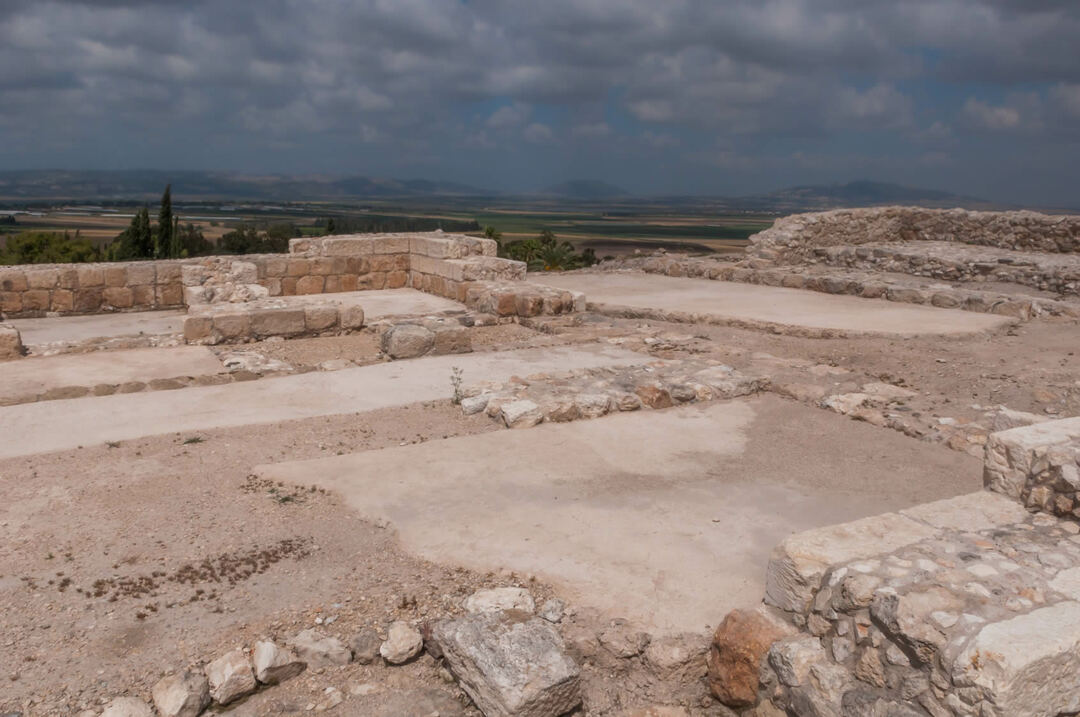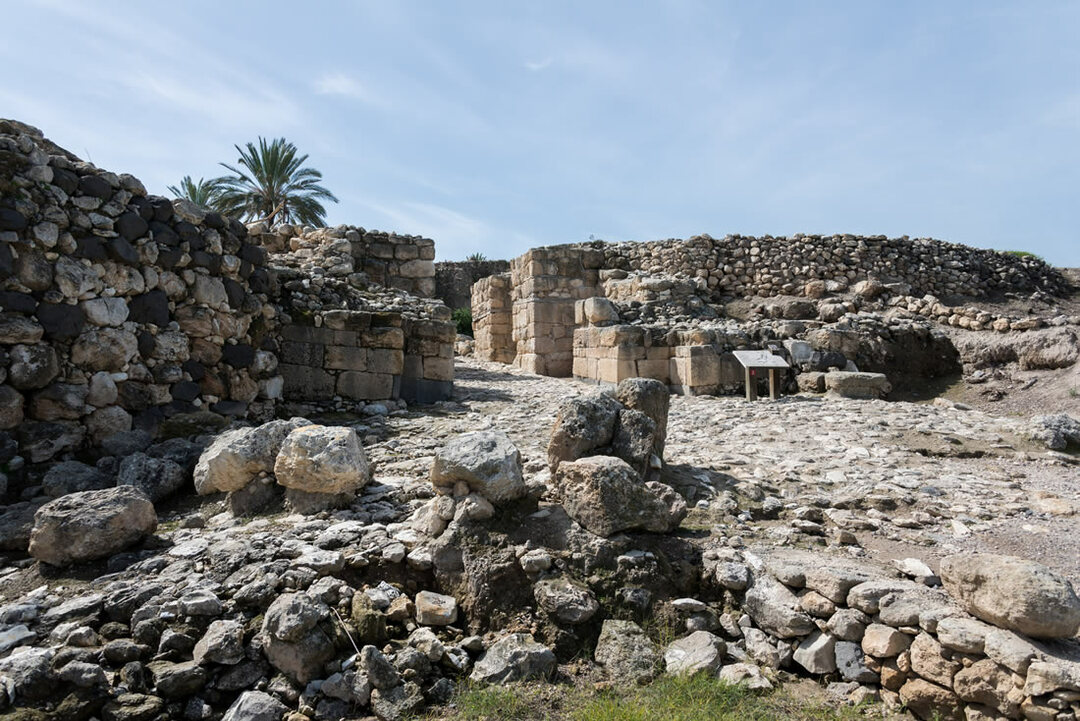Definition of Battle of Megiddo
Miscellanea / / July 04, 2021
By Guillem Alsina González, in Aug. 2018
 Some say that, in reality, the job oldest in the world is the soldier, and not the one we have always heard. The truth is that reading a little history of humanity, it will seem to us that we have been fighting since the dawn of time, but what proof do we have of this?
Some say that, in reality, the job oldest in the world is the soldier, and not the one we have always heard. The truth is that reading a little history of humanity, it will seem to us that we have been fighting since the dawn of time, but what proof do we have of this?
The Battle of Megiddo is the first documented in history by contemporary sources is that of Megiddo, which faced Egyptian forces with Canaanites for the dominance of present-day Syria and Palestine.
The peoples that inhabited this region had been traditional enemies of the Egyptian Empire, something logical given that the intention of said empire was expansive, and nobody likes to be occupied home...
What these peoples did was form an alliance and rebel against the Egyptian power, taking advantage of the regency period of Queen Hatshepsut, stepmother of Tuthmosis III.
The latter would be the pharaoh who would face against the Canaanite alliance commanding the Egyptian forces, being in the history of Egypt one of its greatest rulers, with whom the maximum territorial expansion of the Empire.
Once power was taken by Tuthmosis III, this pharaoh had to immediately deal with the revolt and, for this, he recruited a large army, it is speculated that of about 15-20,000 men.
For the time this was a great immensity. Must think that the roads were barely passable by a large mass of people, and that logistics in a world that was already struggling to stock up for self-consumptionIt must have been a nightmare.
This army consisted, like all those of antiquity, of infantry armed with spears, swords and shields, archers, and war chariots.
The Egyptians advanced, commanded by Tuthmosis, towards the revolted kingdoms, while the latter awaited them in defensive positions.
Traditionally, it has always been easier to defend a position than to attack it, so knowing the superiority in troops, weapons and technology Of the Egyptians, the Canaanites preferred to wait for them in their field.
The position chosen by the Canaanite alliance to await its enemies was the city of Megiddo, which controlled the strategic route that ran from Mesopotamia to Egypt, near the Mediterranean Sea and, therefore, a point that forced Tuthmosis to assault it.
Tuthmosis surprised his enemies with an unexpected move: instead of approaching the city by the safest route, he took the riskiest one (a long ravine where it was easy to ambush Egyptians).
This shows us either a daring and even reckless character, or a wise and possibly insider strategist on the movements of his enemies, since they had refused to watch that route and wait for Tuthmosis at the end of the one that was safest, and that they thought with good logic which was the one he would take.
 The battle of Megiddo was served, on May 15, 1457 BC. C. (although there are authors who place it in April or even years later).
The battle of Megiddo was served, on May 15, 1457 BC. C. (although there are authors who place it in April or even years later).
The confrontation was swift: Tuthmosis had prepared his strategy and his forces during the night, deploying them before the enemy forces in a concave (half-moon) shape and divided into three sections. In the center, the same pharaoh commanding.
The Egyptian advance was unstoppable; his soldiers, spurred on by the presence of his pharaoh, pushed the Canaanite warriors, whose training broke, causing them to flee in disarray towards the safety inside the walls of Megiddo. Thus began the siege of the city.
Surrender Megiddo was vital to put an end to the revolt in one go, since all the princes and leaders of the rebellious cities were inside.
The siege lasted seven months, after which the city surrendered.
As I said to beginning From this writing, the main interest of the Battle of Megiddo is that it is the first of which everything has been recorded, both the way in which it developed, as well as its end and its consequences.
Thus, we know that Tuthmosis III was victorious at the end of that more than half a year of siege with 340 prisoners, 924 chariots, 200 armor, 502 bows, 3,920 head of cattle, and 20,500 sheep
The entire account has come to us from Egyptian sources, with texts recorded in the form of hieroglyphs in the temple of Amun at Karnak, Thebes, and on the stele of Gebel Barkal.
What note curious, Megiddo has been associated with Armageddon, the last battle to take place at the end of time. The name of Har Megiddo in Hebrew it could have resulted in this Armageddon, so that the scene of the first documented battle, could also see the last... although would someone be left to document it, in this case?
Photos: Fotolia - LevT
Themes in Battle of Megiddo

